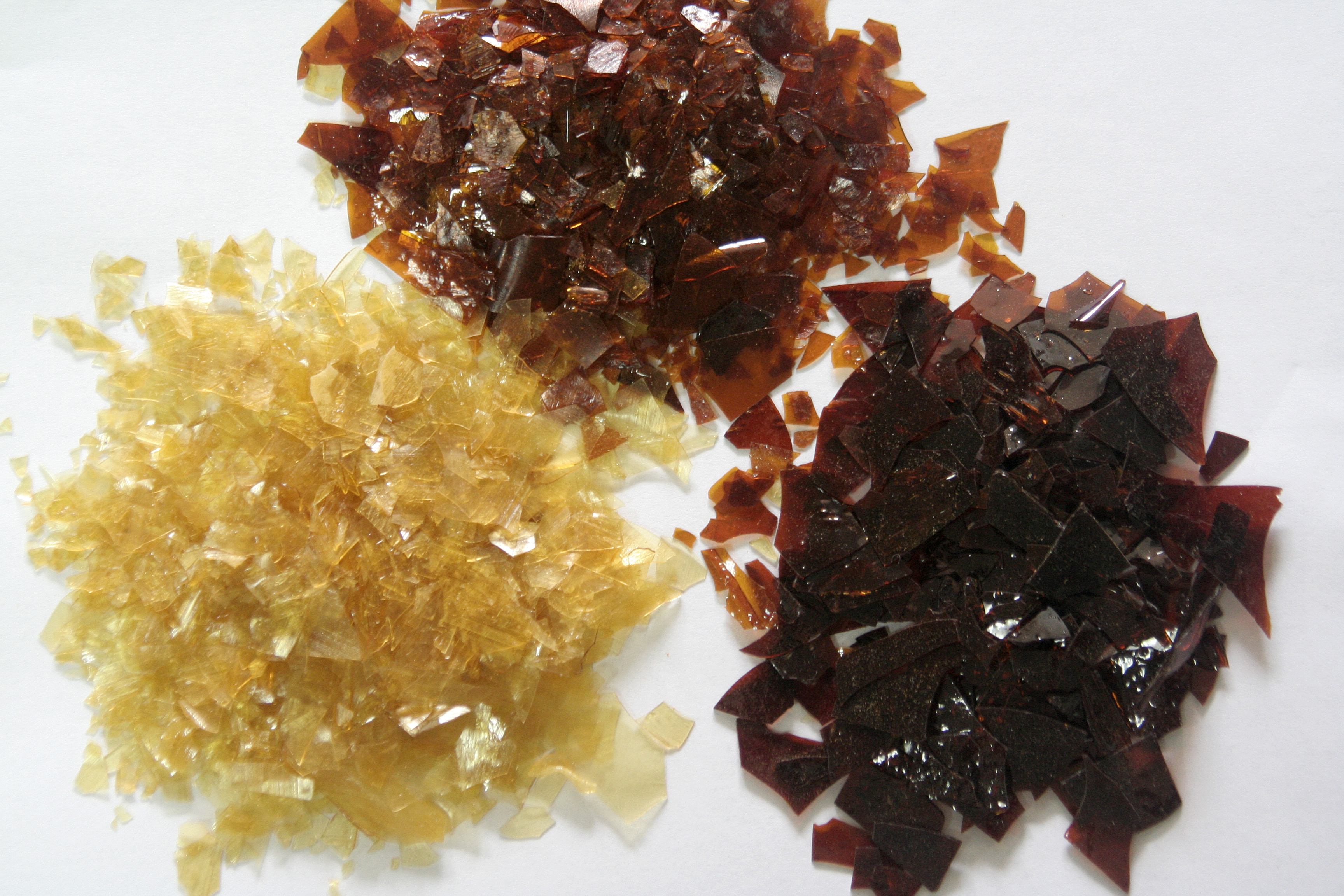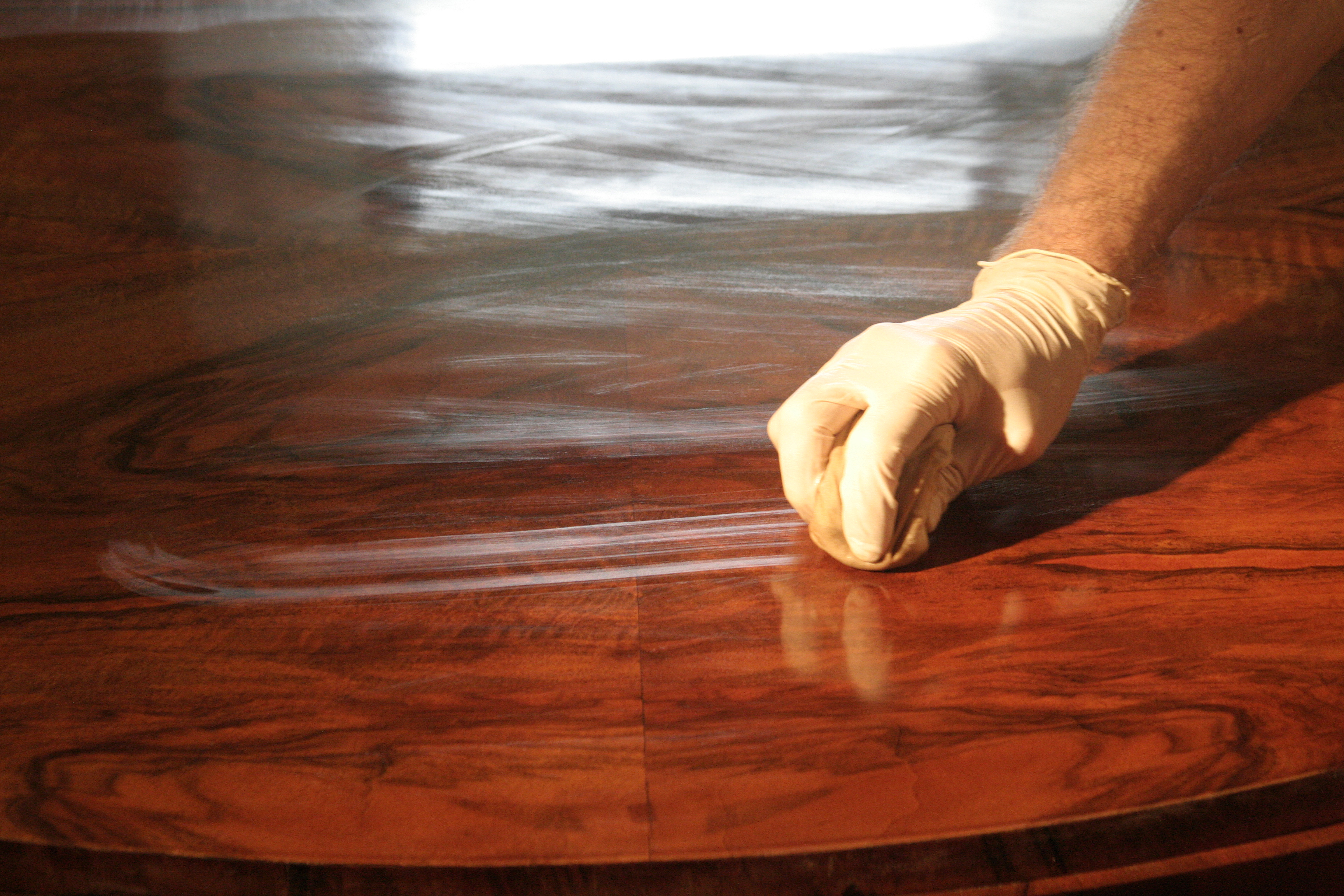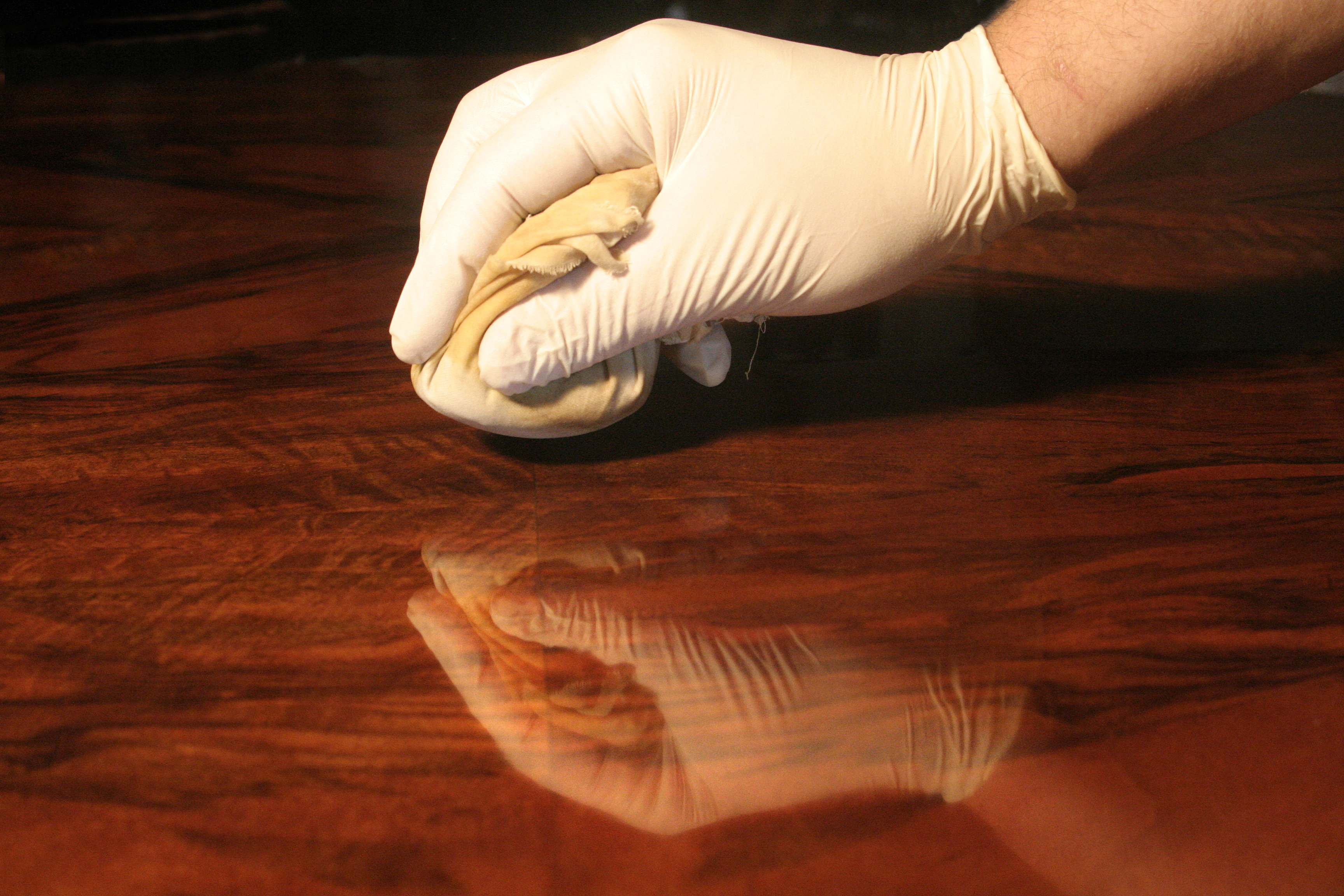Take a look under the hands of restorer: 2.part The French polish

The highlight of the work is to create a furniture by french polishes. French polish gives the wood a new dimension, highlights its beauty, depth and subtlety drawings and revives its color. It is still valuable and optically noblest way, how finish modifying of wood.
Shellac is a resin secreted by the female lac bug (Kerria lacca), on trees in the forests of Thailand. Use this secretions protect their larvae from the adverse effects of the environment. Shellac was imported into Europe in the late 17th century and used to paint especially valuable pieces of furniture veneered or inlaid. The "period of widespread introduction" would seem to be in the 18th and 19th centuries.

Because the French polish can not be applied mechanically and the process was very labour intensive, so many manufacturers abandoned the technique around 1930. Today, the French polish is used almost exclusively in the restoration, in restoring old but preserved polishes and especially when the original shellac coat has been irreparably damaged. Workflow remains as challenging as it was once. First, shellac flakes immersed in 99% alcohol. After reconstitution, each master mixes own polish. There are many recipes which differ in details, but the basis always remains shellac and alcohol. French polishing consists of applying many thin coats of shellac dissolved in alcohol using a rubbing pad lubricated with oil. The rubbing pad is made of absorbent cotton or wool cloth wadding inside a square piece of fabric usually soft cotton cloth and is commonly referred to as a fad, also called a ruber, or tampon.
The entire process often takes dozens of hours. But the results are worth the effort. New polish gives out the full beauty of the furniture as it was made even in the days of old masters.





